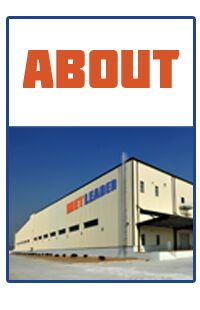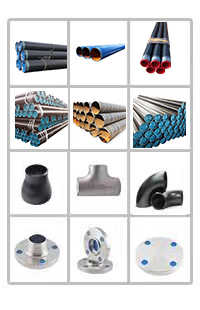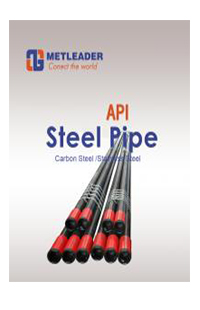Natural gas pipeline refers to a pipeline that transports natural gas (including associated gas produced in oil fields) from mining sites or processing plants to urban gas distribution centers or industrial enterprise users, also known as gas pipelines.
Using natural gas pipelines to transport natural gas is a way to transport large amounts of natural gas on land. Natural gas pipelines account for about half of the total pipeline length in the world.
China Natural Gas:
China is the first country to use wooden bamboo pipes to transport natural gas. Around 1600, the Ziliujing gas field in Sichuan Province not only laid pipelines on flat ground, but also "the taller climbs the mountain, the lower one enters the ground". China's modern natural gas transportation pipelines are mostly concentrated in Sichuan Province, the main producer of natural gas. The first Bayu gas pipeline was built in 1963, with a diameter of 426 mm and a total length of 54.7 kilometers. By 1983, a gas pipeline network connecting the province from east Sichuan via Chongqing, Luzhou, Weiyuan to Chengdu, Deyang and other places has been built, with a pipe diameter of 426 mm to 720 mm, a total length of more than 2,200 kilometers, and a gas gathering and distribution station. There are 178 seats with an annual output of 5 billion to 6 billion cubic meters.
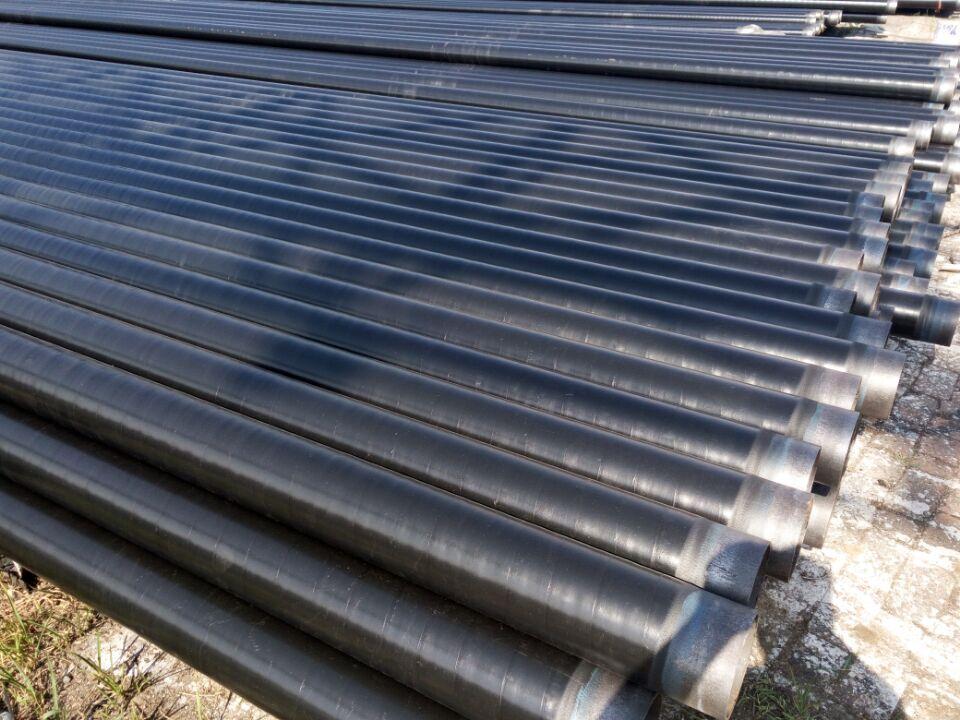
The world's gas pipelines have also experienced a development process similar to that of China. Before the 18th century, gas pipelines also used wood and bamboo pipes. Cast iron pipes were used in the late 18th century, and steel pipes were used in the 1890s. Gas transmission power began to rely entirely on natural gas wellhead pressure. In 1880, the United States adopted steam-driven compressors. In the 1920s and 1930s, a dual-fuel engine-driven compressor was used to pressurize the natural gas in the pipe, and the gas transmission pressure rose from 5883.6 Pa to 27,440 Pa to 41,160 Pa. The conveying distance is getting longer and longer. Later, a huge pipe network system appeared. Since the 1960s, many transnational pipelines have been built between natural gas importing and exporting countries, such as the 1,780-kilometer gas pipeline from the Soviet Union through the former Czech and Slovakia, Austria, and Germany; the 774-kilometer pipeline from Austria to Italy ; The 2,500-kilometer pipeline from Algeria to Italy via Tunisia, the Mediterranean Sea and the Tunis Strait. By 1983, the total length of the world's gas pipelines reached 913,400 kilometers. Long-distance gas pipelines generally use compressors for pressurized transportation. Gas pipeline technology has also developed rapidly in terms of pipe selection, improvement of transmission efficiency, and realization of full line automation. X-60 low-alloy steel (degree limit 41,160 Pa) is widely used for pipes, and higher-strength materials such as X-65 and X-70 are used. In order to reduce the frictional resistance in the pipeline, new steel pipes over 426 mm have generally adopted internal coating. In addition, it also carried out the sequential transportation of gases with different physical properties in the same pipeline, and the pipeline transportation test of gaseous and liquid natural gas at a low temperature of -70℃ and a high pressure of 75,460 Pa.
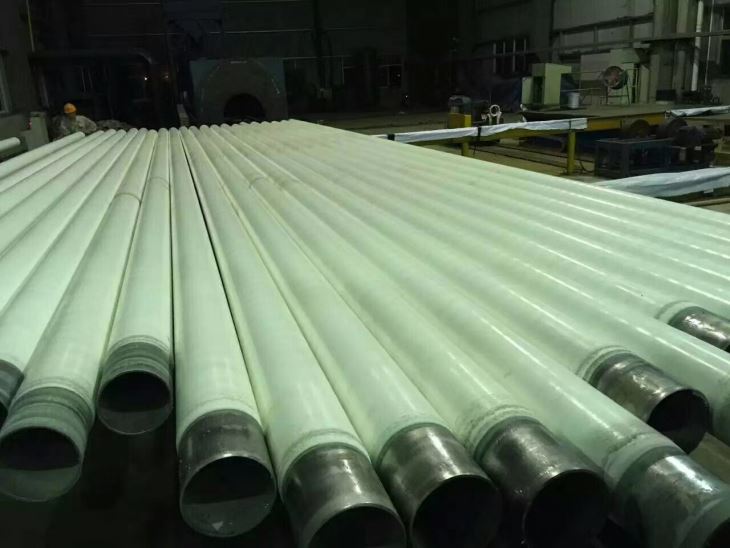
Advantages of transportation:
Natural gas pipeline transportation has the advantages of low transportation cost, small land occupation, fast construction, large oil and gas transportation volume, high safety performance, low transportation loss, no "three wastes" emissions, low risk of leakage, low environmental pollution, and low impact on harsh weather. Equipment maintenance is small, easy to manage, easy to realize remote centralized monitoring and other advantages.
Synergist:
Natural gas pipeline synergist refers to a special chemical component added to increase the flame temperature of natural gas when natural gas is used in industrial cutting. Natural gas synergist is mainly divided into compressed natural gas synergist, pipeline natural gas synergist and liquefied natural gas synergist Effect agent.
Therefore, natural gas synergistic technology has emerged. This technology adds synergist to ordinary natural gas through intelligent mixing equipment, and then transforms it into industrial gas suitable for high efficiency, energy saving and environmental protection. The synergist enters the gas through the Ruifeng intelligent mixing equipment and diffuses evenly to form specific hydrogen and oxygen radicals, which fission during the combustion process, optimizes the recombination of the fuel gas, produces secondary combustion, improves the combustion performance of the fuel gas, and makes the fuel gas full Atomization completely burns, thereby improving thermal efficiency and increasing flame temperature. After efficiency enhancement, the maximum flame temperature of natural gas reaches 3300℃. The mixed natural gas can be used for industrial cutting, orthopedics, and baking. It can completely replace acetylene gas and propane gas. It can be widely used in steel mills, steel structures, and shipbuilding industries. It can be used safely in cabins. It is a better product on the market. There is Ruifeng natural gas synergist.
Next:The meaning of stainless steel flange processing technology research







